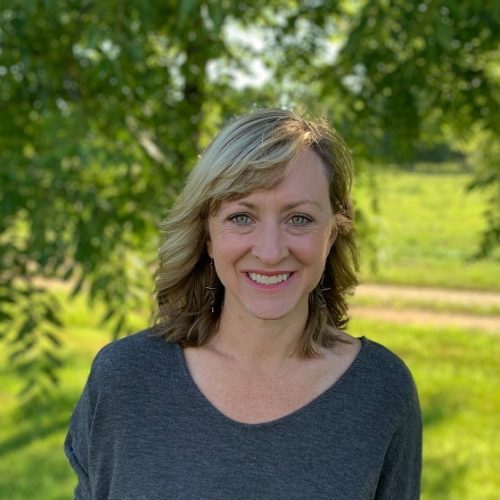Opioids in the NFL – The Pressure to Perform

Players in the NFL and other professional sports are under immense pressure to keep practicing and playing.
As of 2017, the opioid crisis has been designated as a public health emergency. 80-90% of opioid deaths happen in the United States, yet we are only 5% of the world’s population. The CDC reported that in 2019 opioid overdoses were up 4.6% and for 2020 we are on track for a 13% increase. In an interview with former Philadelphia Eagles lineman, Todd Herremans, he sheds some light on ways this public health emergency has played out in the NFL.
Nobody is safe from the outreach of addiction in the NFL. Pain pills were a mechanism to just get through and continue playing and earning. There is so much pressure to maintain your value on the team and not give somebody else a chance to step in and risk taking your job.
Todd Herremans, Philadelphia Eagles lineman, 2005 – 2015
In the US, approximately 1 in 10 people have a substance use disorder. And for 10% of those people, opioids are their drug of choice. Imagine how that statistic increases in an industry where pain is the name of the game.
Opioids in the NFL
NFL players are just a portion of the millions of Americans who have fallen prey to companies like Purdue Pharma and McKinsey and Company, who’s plans to “turbocharge” Oxycontin sales amidst a public health crises have recently been exposed.
Players in the NFL and other professional sports are under immense pressure to do whatever it takes to keep practicing and playing. Even when their body is telling them that they need to rest and recover. Todd Herremans says, “The threat of losing your job because you sat out to rest a sprained ankle, is very real. You see it happen all the time.” The irony is that opiates kill the pain in the moment, but they also increase one’s risk of accidental injury. And so, the cycle continues.
According to Herremans, the league did seem to have some interest in prevention and intervention. Players were often referred to rehab programs or substance abuse counselors if a drug test was positive for illicit or non-prescribed drugs. The oversight or misunderstanding seemed to be regarding the over-prescribing of pain medication and Ambien, and the devastating impact.

Shedding light on a public health emergency.
Looking at the stories through a different lens …
We hear stories about incredibly talented individuals engaging in reckless behavior, performing inconsistently or failing to meet their potential before their peak. These stories often become entertainment news, and we chalk it up to ego, personality, etc. It might be time to start looking at these human stories through a different lens. Perhaps, it is time to start acknowledging the signs and symptoms of somebody dealing with a brain disease called addiction that will only worsen without intervention.
Recent studies show that it takes only a few days to become addicted to pain medication. Many NFL players are taking them as part of their normal morning and evening routines. Herremans was one of the lucky ones. He shares stories of players whose lives have ended too soon due to addiction or misuse that lead to overdose or lethal accidents.
I don’t think there was malintent by the doctors or the league. Just a lethal mixture of normalization, desensitization, and lack of education and understanding. I know it wasn’t until I retired that I recognized the freedom I had to do my own research about how to care for my body. I didn’t have to take something just because somebody in a white coat said so.
Todd Herremans, former Philadelphia Eagles lineman, 2005 – 2015
Herremans also points out, that there is often a certain personality type that is associated with players who make it to the top tiers of competition in their sport. He says, “Many of them are wired to take things to the extreme. It is the characteristic that got them to the top, but it can also be lethal when it plays out with substance use.” Even using can become a competition. It’s a total set up for major misuse and addiction. Professional players are not the only ones vulnerable to this. The risk factors for addiction and misuse among college players are just as high and the results just as devastating.
The predictive markers for drug misuse are genetics, environment, and trauma. For misuse of opioids they include chronic pain, lifestyle, and peer influence. Our athletes hit most, if not all, of these predictive markers.
If we can provide recovery options to more people at the point of misuse – before it progresses to a chronic disease state – we dramatically increase our chances for improved outcomes. We can save lives. Recovery, and the treatments that are known to make recovery easier, need to become normalized and the myths and misunderstandings cleared up.
Rae Green, JD, LPC, CAADC, Founder Sanford Addiction Treatment Centers
This is why there is a huge need for more public education and more critical thinkers like Todd Herremans, who are willing to share their insights. There is also a need for more engagement between the league and experts on ways to protect their players and player’s families from the destruction caused by addiction.
“We have so many myths to overcome in trying to educate the community,” says Herremans. He has experienced the impact of those myths first hand as he has become an advocate for alternative non-pharmaceutical, non-addictive healing methods.



